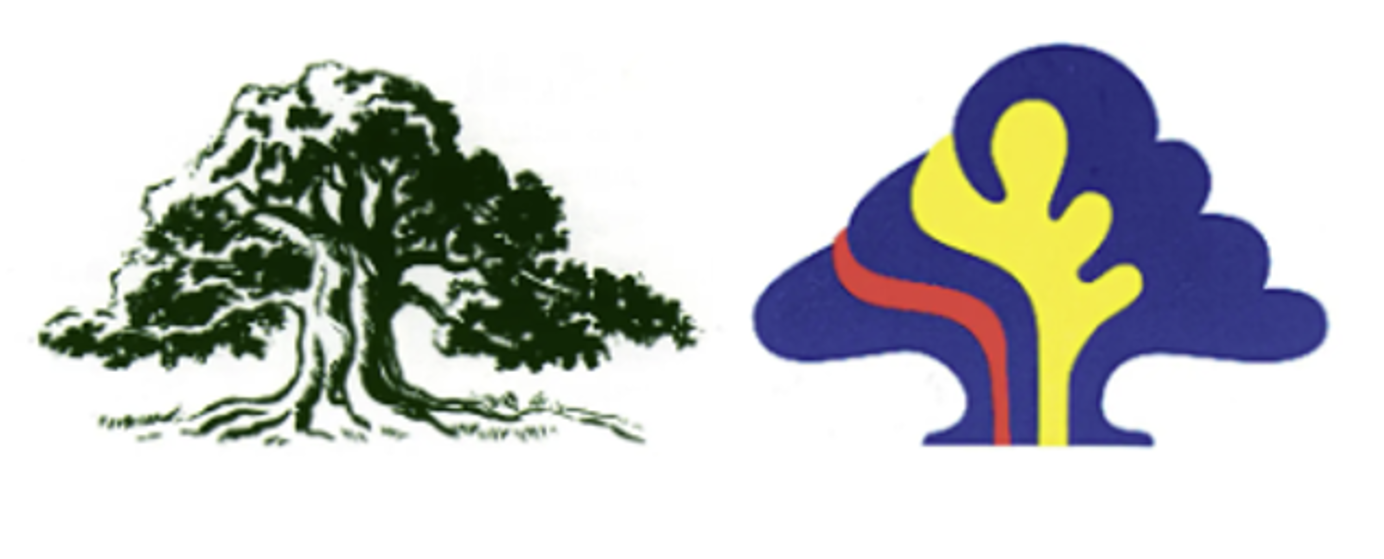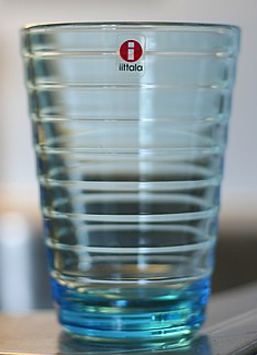2024-03-07:
Unlike patents, designs and copyrights, the validity of a trademark registration in Sweden is not determined in time, as long as one pays the renewal fees every 10th year, the right can be kept alive for eternity. Unless a third party questions the registration through a revocation or invalidity action, a trademark registration may thus live on, century after century. This is the case with Sweden’s oldest still living trademark registrations nos.44, 45 and 46.

The trademarks are owned by Svenska Cellulosa Aktiebolag (SCA), a leading Swedish timber, pulp and paper manufacturer, and was registered on January 2, 1885. The trademarks are stampings one made in timber logs, before floating them down the river, to distinguish the owner of the logs. The marking was also a basis for how much the lumberjacks and the horse drivers were to be paid.
Another ancient Swedish company is Stora Kopparberg – today Stora Enso – which has its origin in the middle ages. The first documentary proof of Stora’s activity can be dated back to 1288 with copper mining near the town of Falun. The corporation Kopparbergets mining district was reorganized in 1862 to Stora Kopparbergs Bergslag (joint stock company in 1888). Stora was at the time of the merger with Enso likely the world’s oldest still functioning joint stock company. The sign STORA has thus since long time back been used as a company name and as a trademark, alone or together with other components.
Other examples of ancient Swedish companies, where the company name and the trademark are used since far back is Skultuna, Husqvarna, Kosta and Reijmyre glassworks, Höganäs, Skandia, Åbro bryggerier and Atlas Copco.
As representatives of one of Swedens oldest companies, Åkers AB (with ancestry in Åkers Styckebruk that manufactured canons, BRANN was to state the first date of use in an application of registration in the US. The application stated 1552 as the first date of use of ÅKERS and we got a question back from the US attorney whether this was not a typo – which is not surprising since this was over 200 years before the formation of the USA! For the specific steel products for which ÅKERS is registered the trademark was first used in 1806, thus shortly after the formation of the USA.
But even though a trademark registration may be kept alive for eternity, a trademark functions in a commercial context and generally only maintains its value if it is used and added a content that is relevant for the present spirit of the time. Certain old trademarks have more or less been forgotten but have then through “revival” and successful marketing regained status and recognition. Two such examples are the classic Swedish 1960s trademark FESTIS for non-carbonated drinks which was almost forgotten and “nerdy” but through product development regained brand recognition. Also the ancient trademark SKULTUNA, founded in the year 1607 by King Karl IX of Sweden as a brass foundry has, through many successful designer collaborations, today a high status with stores in prime locations.

Are you allowed to change old, well-known trademarks? Even though a trademark is known and old there may be a need to make certain amendments, to better adjust to the present market. Today, for example, a trademark must function on a smartphone and in apps. However, sometimes changes of old, well-known trademarks meets a resistance. One example is when the former bank Sparbanken in 1991 wanted to modernize its oak logo, from a true to life design to a more colourful one.
This change was met with much criticism and in 1997, when Sparbanken and Föreningsbanken was merged, the logo was reversed to a design of the oak to a more true to life version.
There was also a storm of criticism recently when Finnish glass maker Iitalla changed the iconic red sticky label on its glassware, se article in Hufvudstadsbladet on February 6, 2024.

